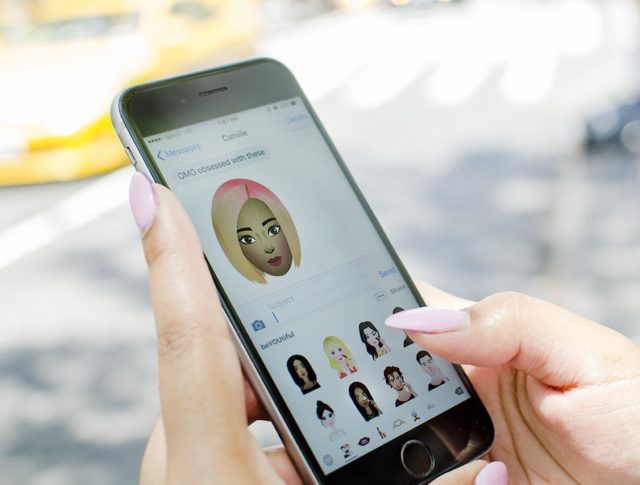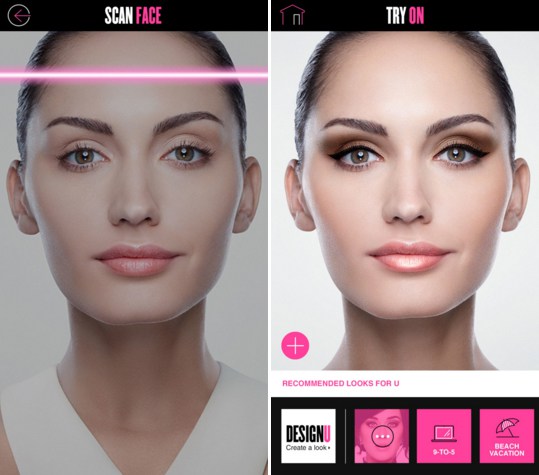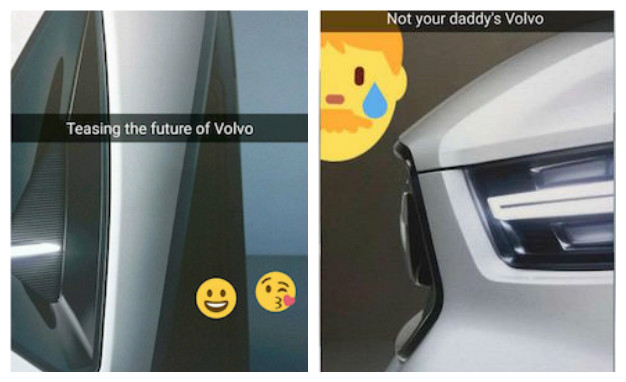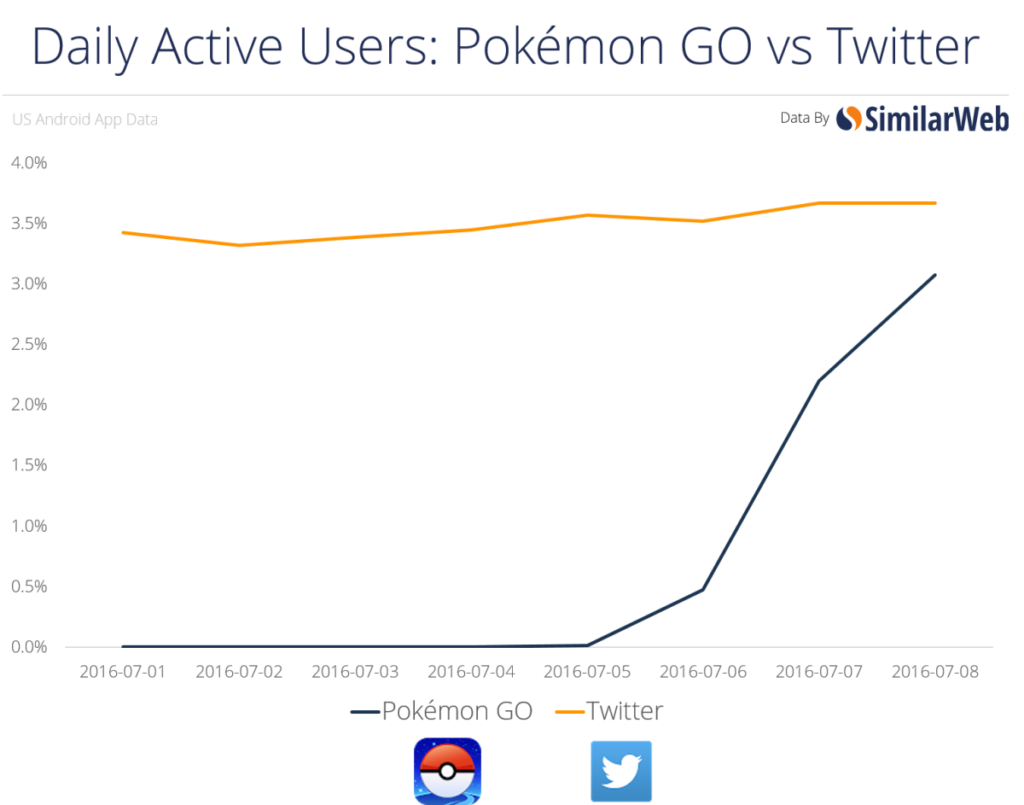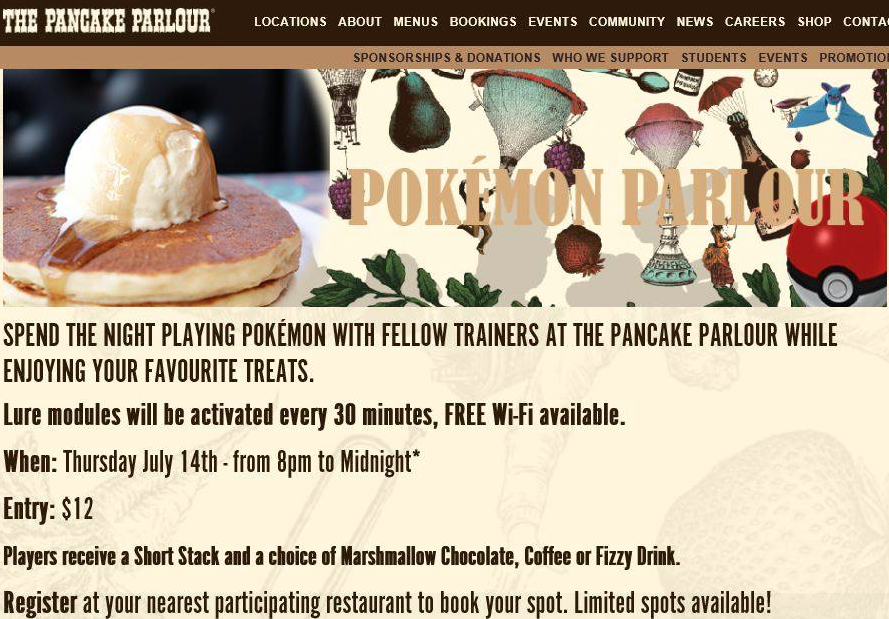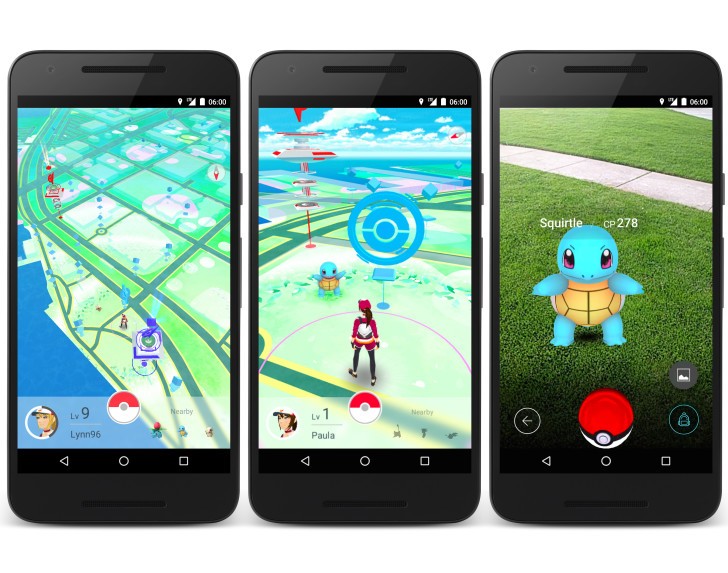The ESports Championship Series (ECS), a league founded by FaceIt and supported by Twitch, will kick off Season 2 with twenty Counter-Strike: Global Offensive teams on October 7 and run through December 8. Ten CS:GO teams in North American and ten teams in Europe will battle during the season with $1.75 million in prize money and team investment.
The ECS will also host its first open qualifiers for teams interested in joining the ECS league from August 5-27. The winners from each qualifier round will join an additional four invited teams in each region’s ECS developmental league, with the top two teams in each region’s developmental league then facing off against the bottom two teams of ECS Season One in a promotion match. The two winners from each region’s promotion match will then join the eight teams from Season 1.
Michele Attisani, chief business officer and co-founder of FaceIt, explains to [a]listdaily how the ECS is expanding and what the challenges are in staying relevant in the crowded CS:GO ecosystem in this exclusive interview.

How does the relationship between FaceIt and Twitch work with ECS from a business perspective?
We and Twitch share a very similar perspective on how to evolve the eSports industry. We’re aiming to increase its maturity and professionalism, but equally preserve its unique identity and values. That starts with providing stability and quality to the community, players and teams involved.
What type of audience numbers did you reach with the first season and for the finals?
The first season and the finals together had great numbers. For the entire season, we had over 30 million views. The finals were also distributed on linear TV in over 35 countries. The fans who attended the live finals were some of the most vocal and fun fans we have seen at an eSports event. And with our main seating full, we had the largest CS:GO crowd the UK has seen.
What did you learn from the first season?
As with all events, we have learned a huge amount. We had to start very quickly in Season 1 due to scheduling with other events, which made everything a little more complicated. One of our biggest regrets in Season 1 was not having had the time to build the development league. We have made sure that we have focused heavily on this in Season 2, creating a comprehensive development league and open qualifiers. We now have a lot more time to work on the show, the quality of the content, timings and experience, so expect a lot of improvements in the entertainment value for Season 2.
What are some changes you’re making as a result of that?
The development of existing and new players into the ECS is something that we feel very strongly about, as well as our commitment to the community. Starting in Season 2, we’ll have open qualifiers into a development league. This means players at all levels will get the chance to make it to the big leagues.
We are well known with players for making sure they have the best possible experience, and we are very proud of that fact. We are always striving to make sure we improve the overall professionalism, content, formats and the players’ and talent’s experience, while keeping to the core of what makes the ECS, CS:GO and eSports unique.
Continuous evolution and improvement are key. Standing still will make you fall behind in this fast-growing industry, and we definitely want to work more on how to bring our events to even more fans. Distribution and ticket sales were quite new to us, and we already have plenty of good ideas on how to make the whole experience better for everyone.
How has sponsor interest in this league evolved and what are some of the companies you’re working with?
Sponsorship in the industry as a whole is really starting to develop as more non-endemic sponsors realize what an amazing opportunity eSports can be for reaching a very specific and invested audience. Our endemic sponsors such as Corsair, Asus Republic of Gamers, DXRacer and TheScore eSports still form the backbone of the ECS. But this season we also added sponsorship from movie studios for Jason Bourne and X-Men: Apocalypse, which integrated well and produced great results with an audience that standard advertising has a hard time reaching.
What opportunities does your league open up for non-endemic sponsors?
We have a strong track record when working with sponsors, as well as strong statistical reporting in the manner that non-endemic sponsors expect. We are setup to easily support these sponsors and focus our marketing with them to their specific KPI’s. One of our biggest assets—and biggest opportunities for sponsors—is our community. We focus heavily on building the show that our viewers want with intelligent integration of non-intrusive sponsorships. This means that not only is it a better experience for our viewers, but sponsors also reach a more invested and dedicated community.
What impact has the popularity of CS:GO across so many different leagues, including TBS’ ELeague, had on this game? Is there enough demand for all of this programming?
There are positives and negatives to the growth we are seeing. For example, broadcasters such as Turner, with our support, have shown the levels which can be reached in broadcasting quality, as well as providing access to a wider audience and a wealth of non-endemic sponsors. This has encouraged us to also increase our own production quality. Our studio at IMG in London is one of the country’s leading facilities. And the team we put together for events is a mixture of both television and gaming veterans.
We do still see some viewer fatigue due to the high number of events, which is leading to viewers and teams making decisions on which to attend. This could be seen as damaging by some, but we feel that the long-term outcome will be positive for the development of the industry and will be the catalyst for improved scheduling and higher quality production.
The impact on the teams and players is part of the reason we’re creating a system within the ECS, where teams have a strong say in what happens as co-owners. Ensuring that decisions we make are good for the players is important. For example, we used soundproof booths at our finals because it’s something that players feel is important to play at their peak performance. But it honestly makes production a lot harder and increases the costs considerably.
How do you work with other CS:GO leagues to allow teams to compete throughout the year?
We are in communication with many of the major leagues in the CS:GO scene and we make sure that our scheduling overlaps as little as possible with theirs. For Season 2, we have given existing ECS teams over three months notice for their first matches and the schedules for 2017. It’s very important for everyone to be clear and prepared with information for teams in future years.
How will the prize pool increase from the first to second season?
The prize pool for the ECS is not our core focus. While it’s competitive, the real prize is the financial support teams and players receive for being part of the ECS with the goal of creating sustainability and support. Our focus is on the growth of the ECS as a legitimate league that promotes best practices in the eSports ecosystem and CS:GO. Because of this, all of the teams in the league receive generous fees from the ECS and share profits as the league grows. As a starting sum for Season 2, we will be putting up $1.75 million as a mixture of prize money and teams fees.
